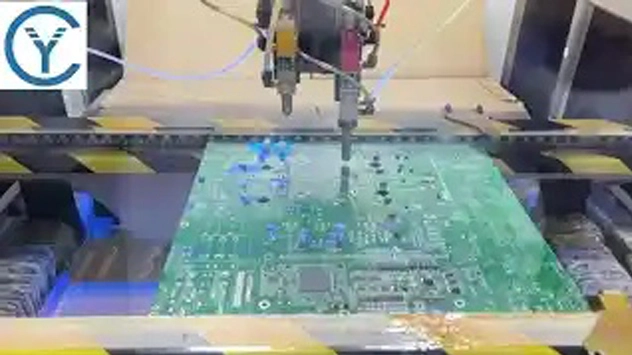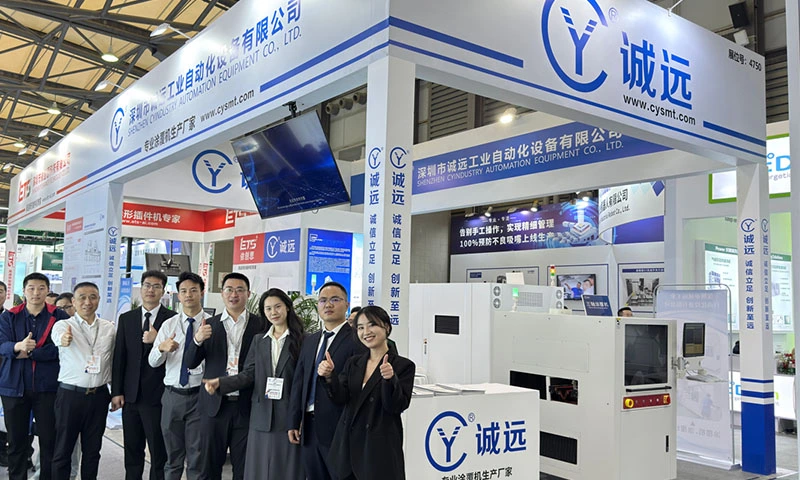PCB Conformal Coating Line: The Key to Protecting Electronics from Harsh Environments
A PCB conformal coating line shields electronics by applying a moisture-resistant, insulating polymer layer via automated spraying, dipping, or selective coating. Robotic systems ensure precise coverage on complex boards, avoiding connectors and heat-sensitive areas. UV or thermal curing creates durable barriers against chemicals, dust, and thermal cycling. Integrated AOI checks thickness and defects, complying with IPC-CC-830 standards. Ideal for automotive, aerospace, and industrial electronics, this process prevents corrosion, electrical failures, and mechanical stress, extending product lifespan in extreme conditions. Advanced lines optimize material usage, reduce waste, and support eco-friendly coatings, delivering reliability where environmental resilience is critical.
How a PCB Conformal Coating Line Enhances Circuit Board Durability
A PCB conformal coating line strengthens durability by encapsulating boards with chemically inert layers that resist abrasion, vibration, and ionic contamination. Automated systems adjust coating thickness based on component density, ensuring mechanical stability without impeding heat dissipation. Advanced nozzle designs prevent capillary action in fine-pitch areas, while humidity-controlled chambers optimize adhesion. Real-time sensors monitor curing parameters, eliminating micro-cracks or delamination risks. The coating’s dielectric properties prevent arc faults in high-voltage applications. Validated through salt spray and thermal shock testing, this process extends PCB lifespan in marine, energy, or heavy machinery sectors, where mechanical wear and environmental extremes demand uncompromising protection.








